Stringent Regulatory Standards
The Pharmaceutical Filtration Devices Market is significantly influenced by stringent regulatory standards imposed by health authorities. Regulatory bodies, such as the FDA and EMA, enforce rigorous guidelines to ensure the safety and efficacy of pharmaceutical products. Compliance with these regulations necessitates the use of high-quality filtration devices that can effectively remove contaminants and ensure product integrity. As regulations become more stringent, pharmaceutical companies are compelled to invest in advanced filtration technologies to meet these requirements. This trend is expected to drive the market for filtration devices, as companies seek to avoid costly penalties and product recalls. Furthermore, the increasing emphasis on quality assurance and control in pharmaceutical manufacturing is likely to bolster the demand for reliable filtration solutions, thereby contributing to the overall growth of the market.
Rising Biopharmaceutical Production
The Pharmaceutical Filtration Devices Market is experiencing a surge in demand due to the rising production of biopharmaceuticals. As the biopharmaceutical sector expands, the need for effective filtration solutions becomes increasingly critical. Biopharmaceuticals, which include monoclonal antibodies and vaccines, require stringent filtration processes to ensure purity and safety. The market for biopharmaceuticals is expected to reach unprecedented levels, with projections indicating a growth rate of approximately 8% annually. This growth is likely to drive the demand for filtration devices that can handle complex biological materials. Furthermore, the increasing prevalence of chronic diseases necessitates the development of new biopharmaceutical products, further propelling the need for advanced filtration technologies. As a result, companies are focusing on enhancing their filtration capabilities to meet the specific requirements of biopharmaceutical production.
Technological Innovations in Filtration
Technological innovations play a pivotal role in shaping the Pharmaceutical Filtration Devices Market. The introduction of advanced filtration technologies, such as membrane filtration and depth filtration, has revolutionized the way pharmaceutical products are processed. These innovations not only improve the efficiency of filtration processes but also enhance the quality of the final products. For instance, the development of single-use filtration systems has gained traction, offering flexibility and reducing the risk of cross-contamination. Additionally, automation and digitalization in filtration processes are becoming increasingly prevalent, allowing for real-time monitoring and control. This trend is expected to continue, with market analysts predicting a significant increase in the adoption of smart filtration devices. As pharmaceutical companies seek to optimize their production processes, the demand for innovative filtration solutions is likely to rise, further driving market growth.
Increasing Demand for Sterile Filtration
The rising demand for sterile filtration in the Pharmaceutical Filtration Devices Market is driven by the need for high-quality and contamination-free products. As pharmaceutical companies strive to meet stringent regulatory standards, the adoption of advanced filtration technologies becomes paramount. The market for sterile filtration is projected to grow significantly, with estimates suggesting a compound annual growth rate of over 10% in the coming years. This growth is largely attributed to the increasing focus on patient safety and the efficacy of pharmaceutical products. Moreover, the shift towards biologics and biosimilars necessitates the use of sophisticated filtration devices to ensure product integrity. Consequently, manufacturers are investing in innovative filtration solutions to cater to this burgeoning demand, thereby enhancing their market presence.
Expansion of Pharmaceutical Manufacturing Facilities
The expansion of pharmaceutical manufacturing facilities is a key driver of the Pharmaceutical Filtration Devices Market. As companies seek to increase production capacity and meet the growing demand for pharmaceutical products, the establishment of new manufacturing plants is on the rise. This expansion often necessitates the implementation of advanced filtration systems to ensure compliance with quality standards. Market data indicates that the pharmaceutical manufacturing sector is projected to grow at a rate of approximately 6% annually, leading to increased investments in filtration technologies. Additionally, the trend towards outsourcing manufacturing processes to contract manufacturing organizations (CMOs) further amplifies the need for effective filtration solutions. As CMOs expand their capabilities, the demand for reliable and efficient filtration devices is likely to increase, thereby driving market growth.
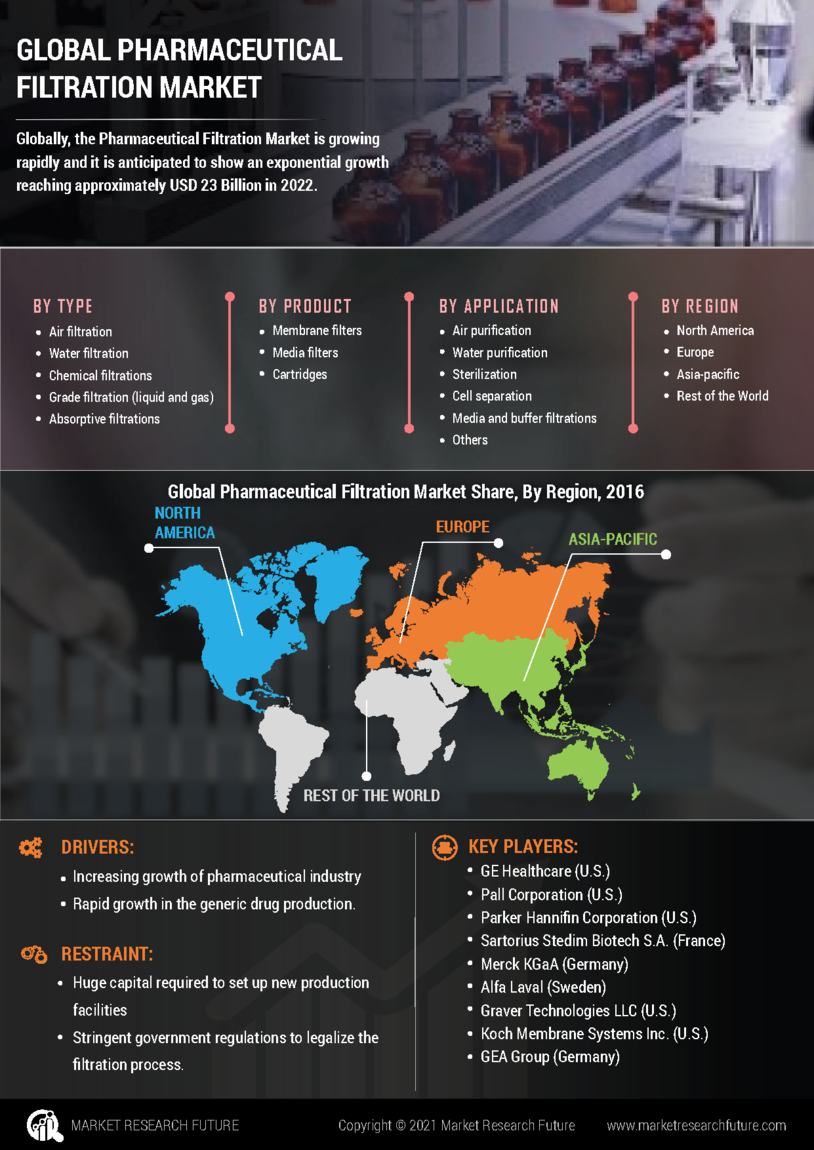


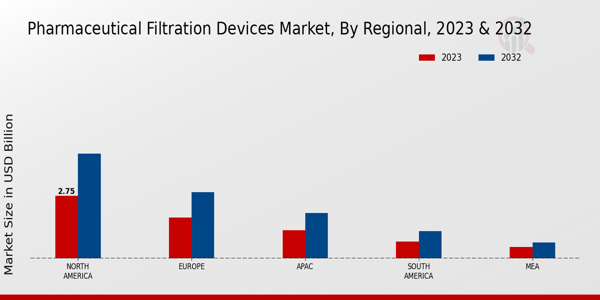



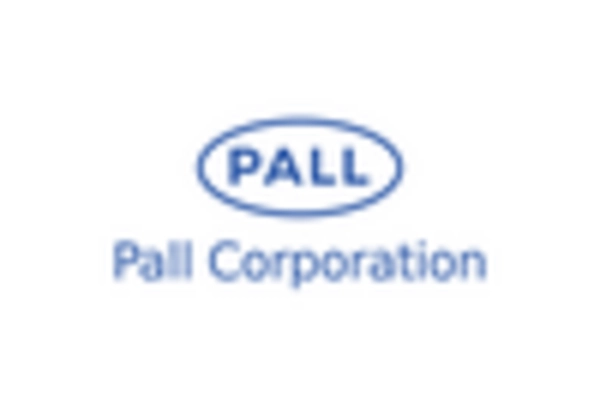
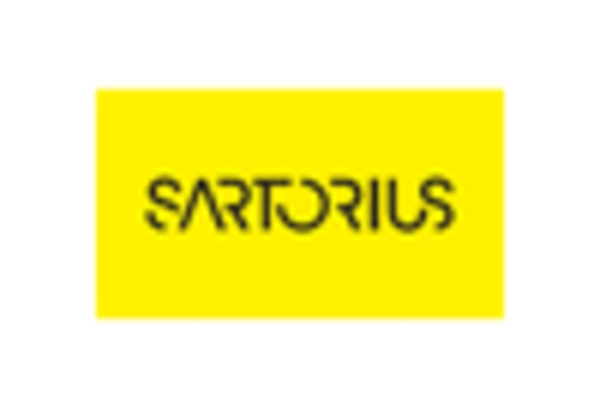
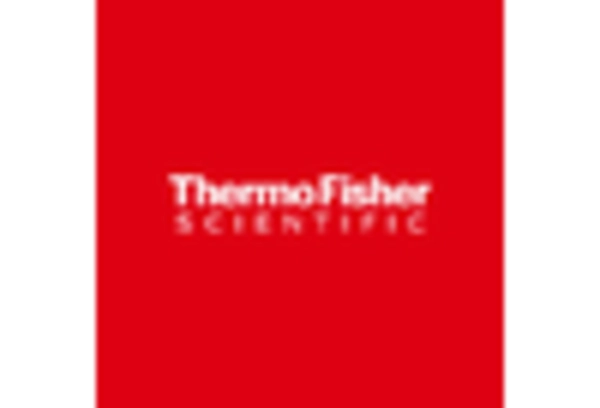








Leave a Comment